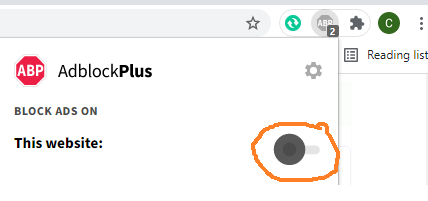Đang chuẩn bị nút TẢI XUỐNG, xin hãy chờ
Tải xuống
Tuyển tập báo cáo các nghiên cứu khoa học quốc tế ngành hóa học dành cho các bạn yêu hóa học tham khảo đề tài: Effects of crossed states on photoluminescence excitation spectroscopy of InAs quantum dots | Shih et al. Nanoscale Research Letters 2011 6 409 http www.nanoscalereslett.eom content 6 1 409 o Nanoscale Research Letters a SpringerOpen Journal NANO EXPRESS Open Access Effects of crossed states on photoluminescence excitation spectroscopy of InAs quantum dots 12 12 1 2 Ching-I Shih Chien-Hung Lin Shin-Chin Lin Ta-Chun Lin Kien Wen Sun Oleksandr Alex Voskoboynikov Chien-Ping Lee2 and Yuen-Wuu Suen3 Abstract In this report the influence of the intrinsic transitions between bound-to-delocalized states crossed states or quasicontinuous density of electron-hole states on photoluminescence excitation PLE spectra of InAs quantum dots QDs was investigated. The InAs QDs were different in size shape and number of bound states. Results from the PLE spectroscopy at low temperature and under a high magnetic field up to 14 T were compared. Our findings show that the profile of the PLE resonances associated with the bound transitions disintegrated and broadened. This was attributed to the coupling of the localized QD excited states to the crossed states and scattering of longitudinal acoustical LA phonons. The degree of spectral linewidth broadening was larger for the excited state in smaller QDs because of the higher crossed joint density of states and scattering rate. Introduction Self-assembled semiconductor nanostructures with three-dimensional carrier confinement provide the ultimate quantum system with discrete energy levels that can be tailored and controlled to tune the electrical and optical properties of these nanostructures. In particular InAs on GaAs 001 self-assembled quantum structures is one of the most-studied systems. Quantum dots QDs provide another approach in making lasers photodetectors and memory devices as well as finding applications in quantum computing. Quantum dot lasers are predicted to have a high efficiency low threshold current densities and low temperature dependence of the threshold current 1-3 . The use of QDs may offer possibilities for .


